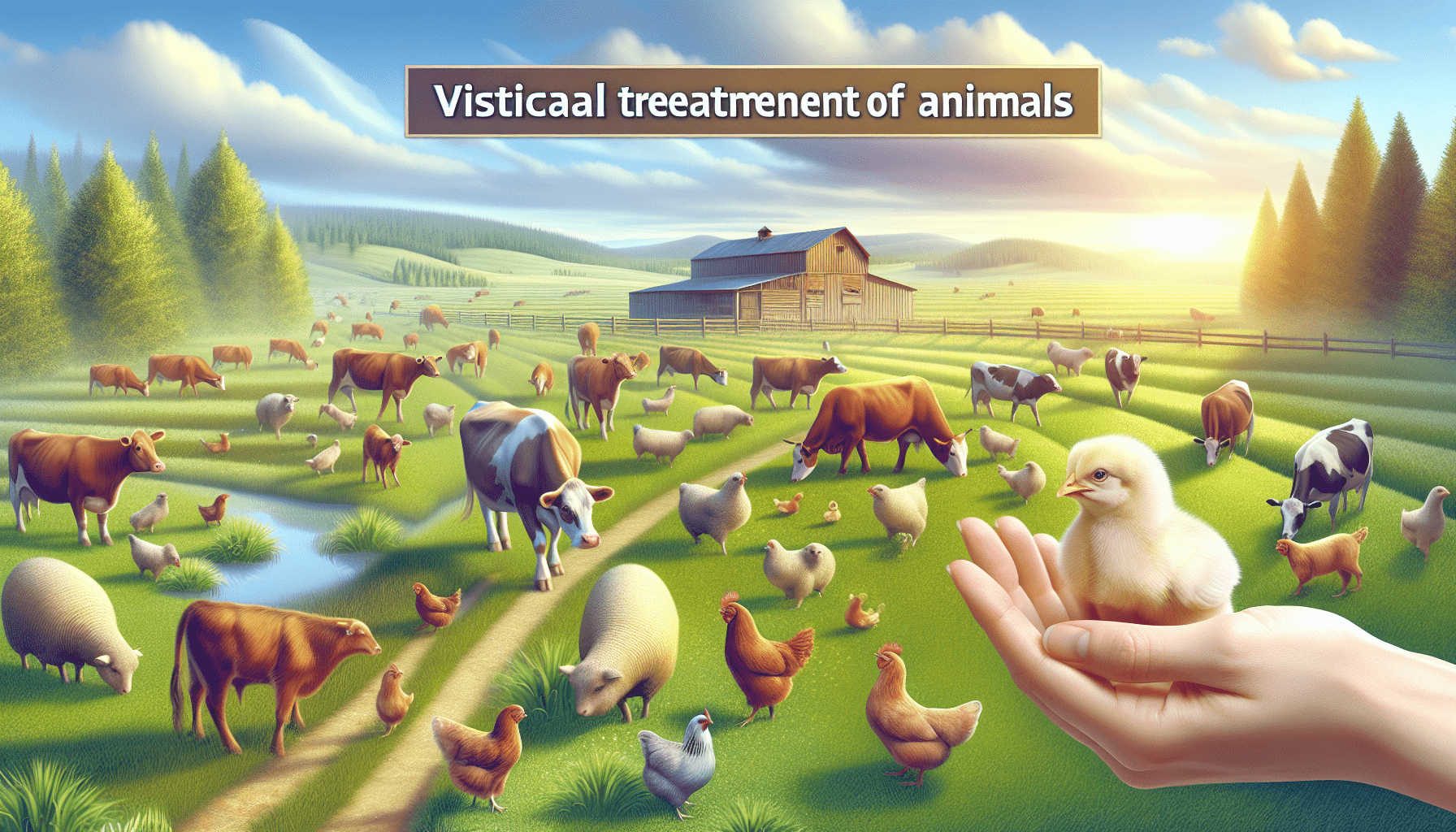BAGAIL 4 Set/6 Set/8 Set Compression Packing Cubes Travel Accessories Expandable Packing Organizers(Black ClothPattern 4 Set)
$16.14 (as of April 24, 2025 06:56 GMT +00:00 - More info)Have you ever wondered what it truly means to treat animals ethically? Understanding the foundation of animal ethics starts with deciphering what we mean by “ethical” and how our beliefs about morality shape our actions towards animals. This exploration becomes even more profound when we consider the frameworks and guidelines developed to ensure our actions are just and compassionate.

Search vacation packages & trips
Definition of Ethical
According to the Cambridge Dictionary, the term “ethical” refers to beliefs about what is morally right and wrong. These beliefs can be influenced by a variety of factors including religion, culture, upbringing, and environment. This contextual nature of ethics means what is deemed acceptable in one culture may not be in another. Yet, when it comes to animal treatment, a universal consensus begins to emerge—one that prioritizes the humane and compassionate care of animals above all else.
The Five Freedoms
One of the foundational pillars of animal welfare is the concept of the Five Freedoms. These freedoms were established as a result of a 1965 British enquiry and have since become a global benchmark in assessing and ensuring animal welfare.
-
Freedom from Hunger and Thirst
- Animals should have ready access to fresh water and a diet that maintains full health and vigor.
-
Freedom from Discomfort
- Animals need to live in an appropriate physical environment, which includes shelter and a comfortable resting area.
-
Freedom from Pain, Injury, and Disease
- Proper veterinary care and preventive measures should be in place to mitigate suffering.
-
Freedom to Express Normal Behaviors
- Animals should have sufficient space, proper facilities, and a company of their own kind.
-
Freedom from Fear and Distress
- Conditions and treatment should not cause mental suffering and should be geared towards creating a mentally stimulating environment.

The Five Domains
Building upon the Five Freedoms, Professor David Mellor and Dr. Cam Reid introduced the Five Domains Model in 1994. This model expands the traditional scope to include positive aspects of animal welfare, placing a greater emphasis on the animal’s overall experience.
-
Nutrition
- Beyond just adequate food and water, the nutrition quality and delivery that enhance the animal’s health and well-being are considered.
-
Environment
- This takes into account the animal’s living conditions, including space, weather protection, and a stimulating environment.
-
Health
- Comprehensive health involves not just the absence of disease but also routine check-ups and preventive measures.
-
Behavior
- Encouraging natural behaviors through enrichment and social interactions is essential to the animal’s mental and physical well-being.
-
Mental State
- This domain considers the emotional aspects, ensuring animals lead lives free from fear, boredom, and mental suffering.
Guidelines for Ethical Animal Encounters
Now that we have an understanding of the fundamental principles of ethical animal treatment, let’s look at some practical guidelines to ensure our encounters with animals are as ethical as possible.
-
Observe in the Wild
- Whenever possible, view animals in their natural habitat using reputable and licensed tour operators. This minimizes human interference and supports conservation efforts.
-
Research
- Prior to visiting any animal encounter site, conduct thorough research to ensure the facility adheres to ethical treatment standards.
-
Reject Cultural Cruelty
- Avoid supporting events that involve cruelty to animals even if they are part of cultural traditions or entertainment.
-
Ethical Dining
- Be conscious about where your food comes from. Avoid restaurants that source meat from animals treated inhumanely or that serve endangered species.
-
Avoid Wild Animal Photos
- Steer clear of opportunities to take pictures with wild animals. These setups often involve abuse and poor living conditions for the animals.
-
Entertainment Caution
- Refrain from attending performances where animals are made to perform unnatural tricks. Such shows are often indicative of poor treatment and training practices.
-
Domestic Animal Welfare
- Ensure that domestic animals used in tourism (e.g., horse or camel rides) are well-treated, healthy, and not overworked.
Additional Considerations
Ethical animal treatment doesn’t stop at following guidelines. It involves a continuous evaluation of how animals are treated in various contexts, especially in tourism and entertainment activities. Here are some additional aspects to keep in mind:
Evaluate Treatment and Conditions
Before participating in any tourist activities involving animals, consider evaluating the treatment and living conditions of the animals involved. Check online reviews, look for certifications from animal welfare organizations, and ask questions to ensure you are supporting ethical practices.
Applying the Five Domains
Keep the Five Domains in mind when assessing animal encounters. Look for indicators that suggest animals are well-nourished, living in a conducive environment, maintaining good health, behaving naturally, and exhibiting positive mental states. This holistic approach ensures that you are not just avoiding cruelty but also promoting positive experiences for animals.
The Importance of Positive Animal Experiences
The shift from avoiding negative states to promoting positive experiences highlights the importance of considering an animal’s quality of life. It’s crucial to support practices that offer enrichment, social interactions, and varied stimuli that contribute to an animal’s well-being.
Real-life Examples
Interactive wildlife experiences can be magical, but only when done right. For example, whale watching tours that keep a respectful distance and adhere to guidelines ensure these magnificent creatures continue their natural behaviors without distress. Similarly, ethical sanctuaries for rescued animals that focus on rehabilitation rather than exploitation provide a positive environment where animals can thrive.
Advocacy and Education
Being ethical also involves advocating for animal welfare and educating others about the importance of humane treatment. Sharing knowledge, supporting legislation aimed at protecting animals, and endorsing cruelty-free products are all significant steps towards fostering an ethical approach to animal treatment.
Supporting Ethical Companies
By choosing to support companies and organizations that prioritize animal welfare, you contribute to the larger movement advocating for ethical treatment. Whether it’s buying from brands that use cruelty-free practices or visiting zoos renowned for their ethical treatment, your choices have an impact.
In conclusion, understanding morality in animal treatment requires a multifaceted approach. By adhering to established principles like the Five Freedoms and the Five Domains, and by following practical guidelines, you can make informed decisions that reflect a compassionate and ethical standpoint. Your choices play an essential role in advocating for and ensuring the humane treatment of all animals.






